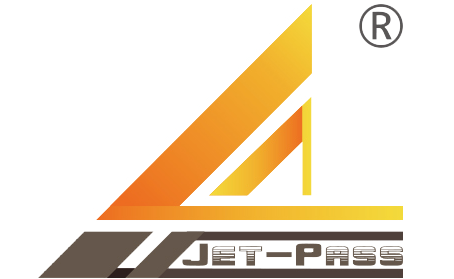Email format error
Email cannot be empty
Email already exists
6-20 characters(letters plus numbers only)
The password is inconsistent
Email format error
Email cannot be empty
Email does not exist
6-20 characters(letters plus numbers only)
The password is inconsistent

News

Hong Kong Custom Clearance - Smooth Airport Procedures for Efficient Clearance
Hong Kong, as an international hub for trade and commerce, has a well-established custom clearance process that ensures the swift movement of goods through its airports. This article will delve into the intricacies of Hong Kong custom clearance, with a focus on airport custom clearance. It will explore the various stages of clearance procedures, including documentation, inspections, and compliance, highlighting the city's commitment to seamless logistical operations.
1. Understanding Hong Kong Custom Clearance
1). Importance of Custom Clearance:
Efficient custom clearance plays a crucial role in facilitating smooth trade flows, ensuring compliance with regulations, and minimizing delays. Hong Kong's custom clearance process is designed to achieve these objectives.
2). Customs Authorities and Regulations:
The Customs and Excise Department (C&ED) is responsible for administering custom clearance in Hong Kong. It sets regulations and guidelines to ensure adherence to international standards and promotes fair trade practices.
2. Clearing Goods at Hong Kong Airports
1). Arrival of Goods:
Upon arrival at Hong Kong's airports, all imported goods are subject to custom clearance procedures. Relevant documents, including the bill of lading, commercial invoice, packing list, and other required permits, must accompany the goods.
2). Pre-Arrival Documentation:
Prior to cargo arrival, the importer or their agent is required to submit an import declaration to the C&ED, providing details about the shipment. This information includes the nature of goods, quantity, value, origin, and relevant supporting documents.
3). Risk Assessment and Inspection:
Upon receipt of the import declaration, the C&ED's risk management system assesses the shipment's risk level. If selected, the goods may undergo physical inspection to verify compliance with regulations, ensuring accurate declaration and preventing smuggling or illegal activities.
4). Compliance with Regulatory Requirements:
Hong Kong's custom clearance processes also ensure compliance with local regulations, such as labeling and packaging standards, import restrictions, and compliance with relevant international agreements. Goods that fail to meet these requirements may be delayed or even denied entry.
3. Streamlining Airport Custom Clearance
1). Electronic Data Interchange:
To expedite the clearance process and reduce paperwork, Hong Kong customs authorities have implemented efficient electronic data interchange systems. This system enables real-time sharing of information between stakeholders, including importers, exporters, shipping lines, and the customs department.
2). Simplified Procedures for Low-Risk Goods:
Recognizing the need for speed in clearing low-risk goods, Hong Kong customs provides simplified procedures for such shipments. This includes fast track clearance for trusted importers and expedited examinations utilizing information technology tools.
3). Post-Release Verification:
Following custom clearance, the C&ED may conduct post-release verification, which involves audits and inspections after the goods have been released. This step ensures compliance with import regulations and supports the integrity of the clearance process.
4. Importance of Hong Kong's Efficient Custom Clearance
1). Enhancing Trade Competitiveness:
Efficient custom clearance processes contribute to Hong Kong's competitiveness as a global trading hub. Timely clearance reduces costs, minimizes transit times, and attracts international businesses seeking seamless logistical operations.
2). Maintaining Logistics Efficiency:
Hong Kong's emphasis on customs efficiency extends beyond its borders. Goods imported through Hong Kong benefit from its well-connected logistics network, enabling swift distribution and transshipment to other destinations in the region.

Hong Kong Custom Clearance Ensures Efficient Clearance
Hong Kong's custom clearance process, particularly at airports, plays a crucial role in facilitating swift and efficient trade flows. Through streamlined procedures, electronic systems, risk assessment measures, and compliance verification, Hong Kong ensures the smooth movement of goods. This commitment to customs efficiency enhances the city's reputation as a reliable and competitive global trading hub.


